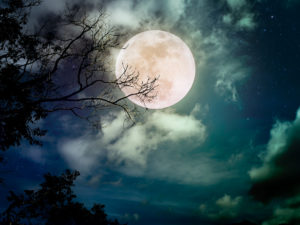For last year’s late October blog, I wrote about pumpkins. But I’ve been reflecting on Halloween, and this year, due to the pandemic, how I will miss walking the streets with my great nephews, seeing all the kids in costumes, enjoying the front porch creativity of Portlanders, and just in general, enjoying the night walking the neighborhoods enjoying the kids and the lights and the festivities. We are not going trick or treating, but replacing it with other activities, starting with the scary forest trail walk. Borrowing from the internet and a National Geographic article, did you know that:
 Halloween’s origins date back more than 2,000 years. On what we consider November 1, Europe’s Celtic peoples celebrated their New Year’s Day, called Samhain (SAH-win).
Halloween’s origins date back more than 2,000 years. On what we consider November 1, Europe’s Celtic peoples celebrated their New Year’s Day, called Samhain (SAH-win).
On Samhain eve—what we know as Halloween—spirits were thought to walk the Earth as they traveled to the afterlife. Fairies, demons, and other creatures were also said to be abroad.
The Celts were serious about this holiday. In addition to sacrificing animals to the gods and gathering around bonfires, Celts often wore costumes—probably animal skins—to confuse spirits, perhaps to avoid being possessed. By wearing masks or blackening their faces, Celts are also thought to have impersonated dead ancestors. There was also some cross dressing where young men may have dressed as women and vice versa, marking a temporary breakdown of normal social divisions.
In an early form of trick-or-treating, Celts costumed as spirits are believed to have gone from house to house engaging in silly acts in exchange for food and drink—a practice inspired perhaps by an earlier custom of leaving food and drink outdoors as offerings to supernatural beings.
Samhain was later transformed as Christian leaders co-opted pagan holidays. In the seventh century Pope Boniface IV decreed November 1 All Saints’ Day, or All Hallows’ Day.
The night before Samhain continued to be observed with bonfires, costumes, and parades, though under a new name: All Hallows’ Eve—later “Halloween.”
European immigrants brought Halloween to the United States, and the celebration really gathered steam in the 1800s, when Irish American immigration exploded. Anoka, Minnesota may be home to the United States oldest official Halloween celebration. Beginning in 1920, the city began staging a parade and bonfire.
For this Halloween, please do not let the holiday spirit cause you to be unsafe from covid-19. Getting exposed to the virus and becoming ill or introducing the virus to others, would be a sad and sometimes tragic outcome of the “trick”. But, if you have not carved your pumpkin, lit the candle, enjoyed the almost full moon, or walked in some crunchy dry autumn leaves, now is the time. The full moon is on All Hallows’ Eve and it’s going to be a great night for watching it rise. I saw it last night, the Blue Moon, and just above the horizon, it was quite a site.
Mother Nature when not having a scary moment, is beautiful, nurturing, inspiring, comforting and healing.

